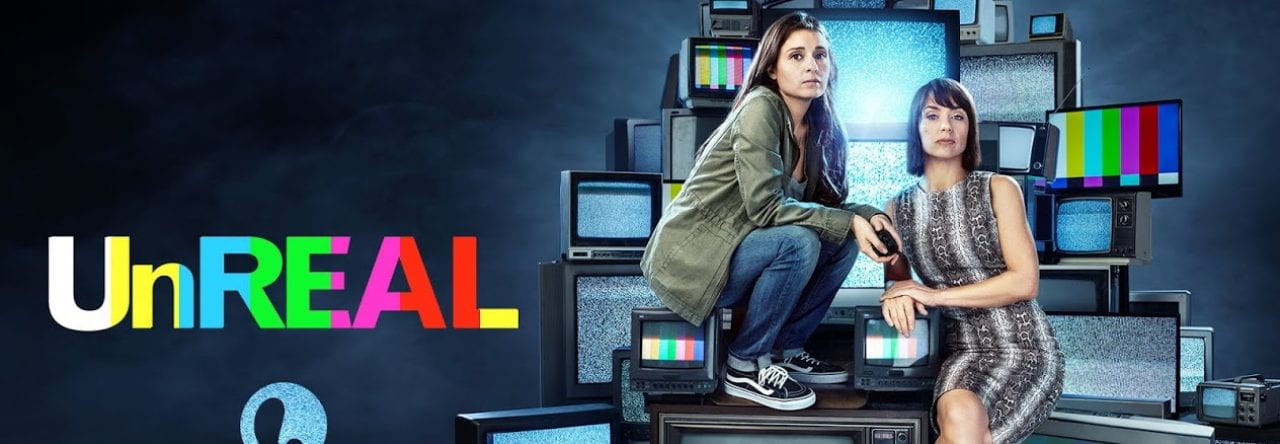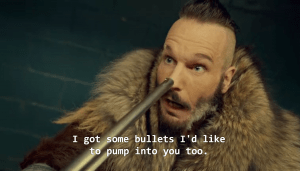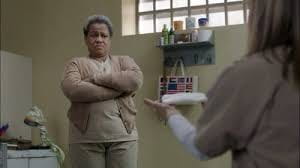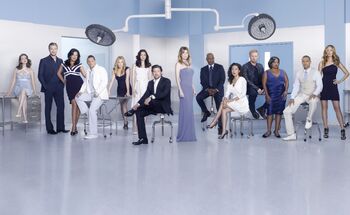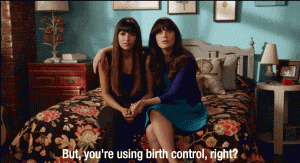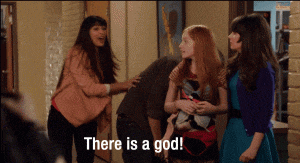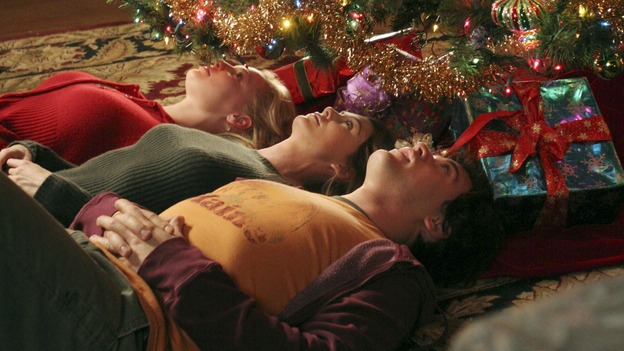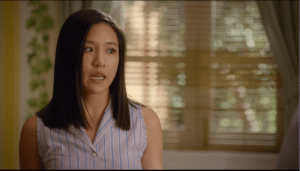In the season 2 episode “All Signs Point to Josh… Or is it Josh’s Friend?” Rebecca spends most of the 42 minutes allotted looking for a heaven sent sign that will tell her whether she should date Greg, the man whose heart she has broken multiple times, or Josh, the man she has been obsessing over since the start of the show. Although she’s genuinely distressed by her indecision, there’s a fair amount of glee in her tone when she tells her best friend Paula that she’s in a “love triangle.” The Love Triangle is a common trope in media, and what is somewhat desirable about being the apex of the triangle is that the person having to choose essentially holds all of the power in the situation, while the other two can only try their best to enrapture them. Rebecca goes through the episode weighing the pros and cons of the two men, never doubting for a second that she will decide everything and that both men want her desperately. However, outside of Rebecca’s inner world, that is clearly not the case. While both Greg and Josh do want Rebecca, they are also both consumed by more important problems: Greg must decide whether to follow through on his dream of attending Emory University (far away from the show’s setting) and Josh must try to get his adult life back on track after losing his apartment with Valencia. While Rebecca imagines that she is the one making the decision that will end the love triangle, it is actually the two men in her life that decide to opt out of the triangle, with Greg abandoning his chance of a new beginning with Rebecca in favor of Emory and Josh ending their relationship after a pregnancy scare that makes him realize he is not remotely ready to settle down. In this episode, the show essentially argues how much of a fallacy the Love Triangle trope is- in reality, people rarely have such all-consuming importance to two others, and the two ends of the triangle have just as much of a say as the apex, as demonstrated by Greg and Josh’s refusal to participate. This deconstruction of a popular trope is very much in Crazy Ex Girlfriend’s purview, as the show is largely about the delusions of the main character, who often imagines that she lives in a much more romantic and Rebecca-centric world than she really does. In a broader interpretation, this episode’s theme confronts a fallacy that most people fall into- the fallacy that we are the protagonists of the story, and everyone else are merely side characters affected by our actions.

Rebecca realizing that people around her have inner lives that have nothing to do with her
